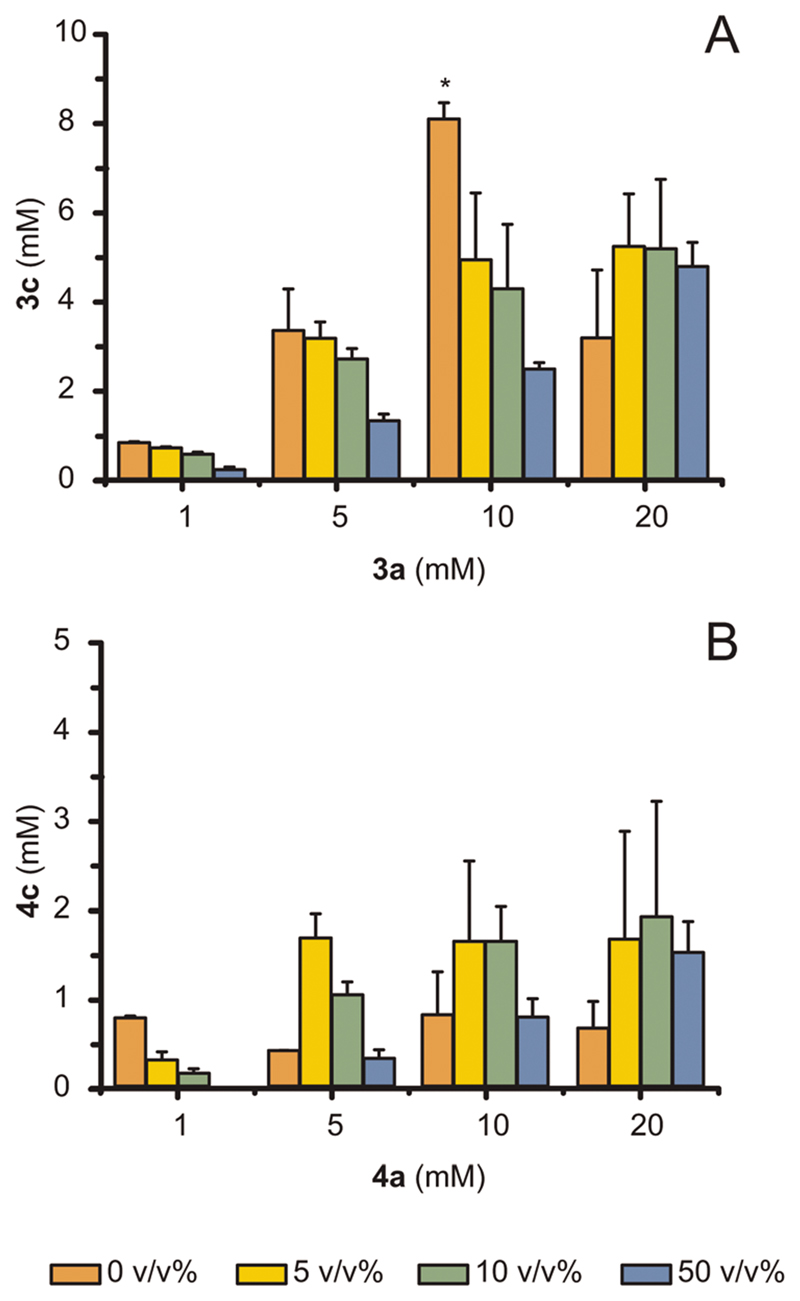Fig. 5. The addition of hexadecane at various volumetric ratios (%) with the aqueous phase can alleviate the toxicity of produced amines. Bioamination reactions were run using E. coli (Ch1-AA) cells (60 mg mL−1 cww) in NH4Cl/NH3 buffer (1 M, pH 8.7) at fixed glucose concentration (20 mM).
(A, B) Conversion of (S)-3a above 10 mM and of (S)-4a above 1 mM increased when adding hexadecane as co-solvent. For (A, B), error bars indicate standard deviations. The bar marked with * is replicated from Fig. 4. At 10 mM of (S)-3a in absence of co-solvent, these samples showed low reproducibility among different E. coli batches, which we attribute to the possible varying toxicity of (S)-3c between 5 mM and 10 mM, depending on the E. coli batch population.

